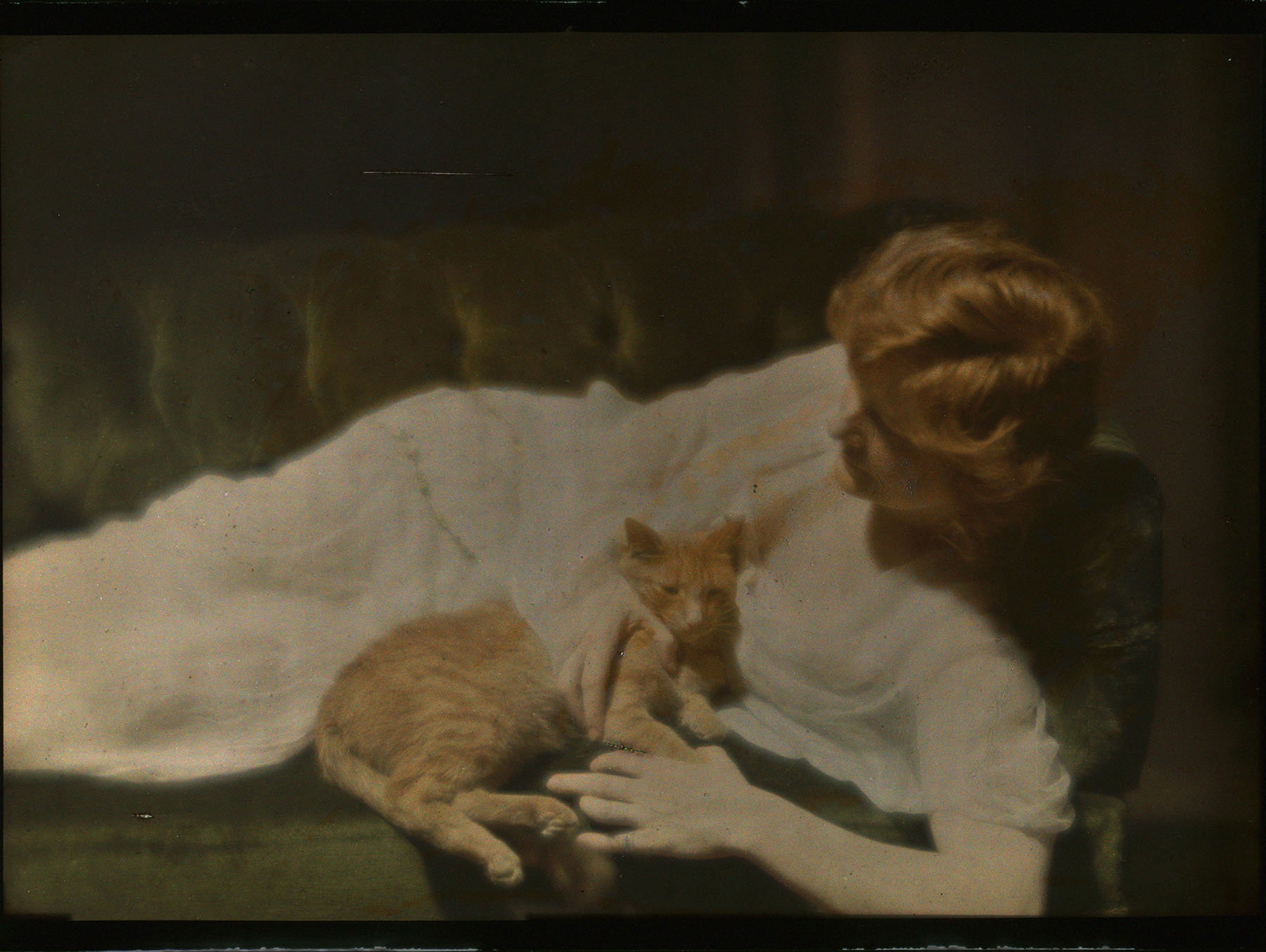
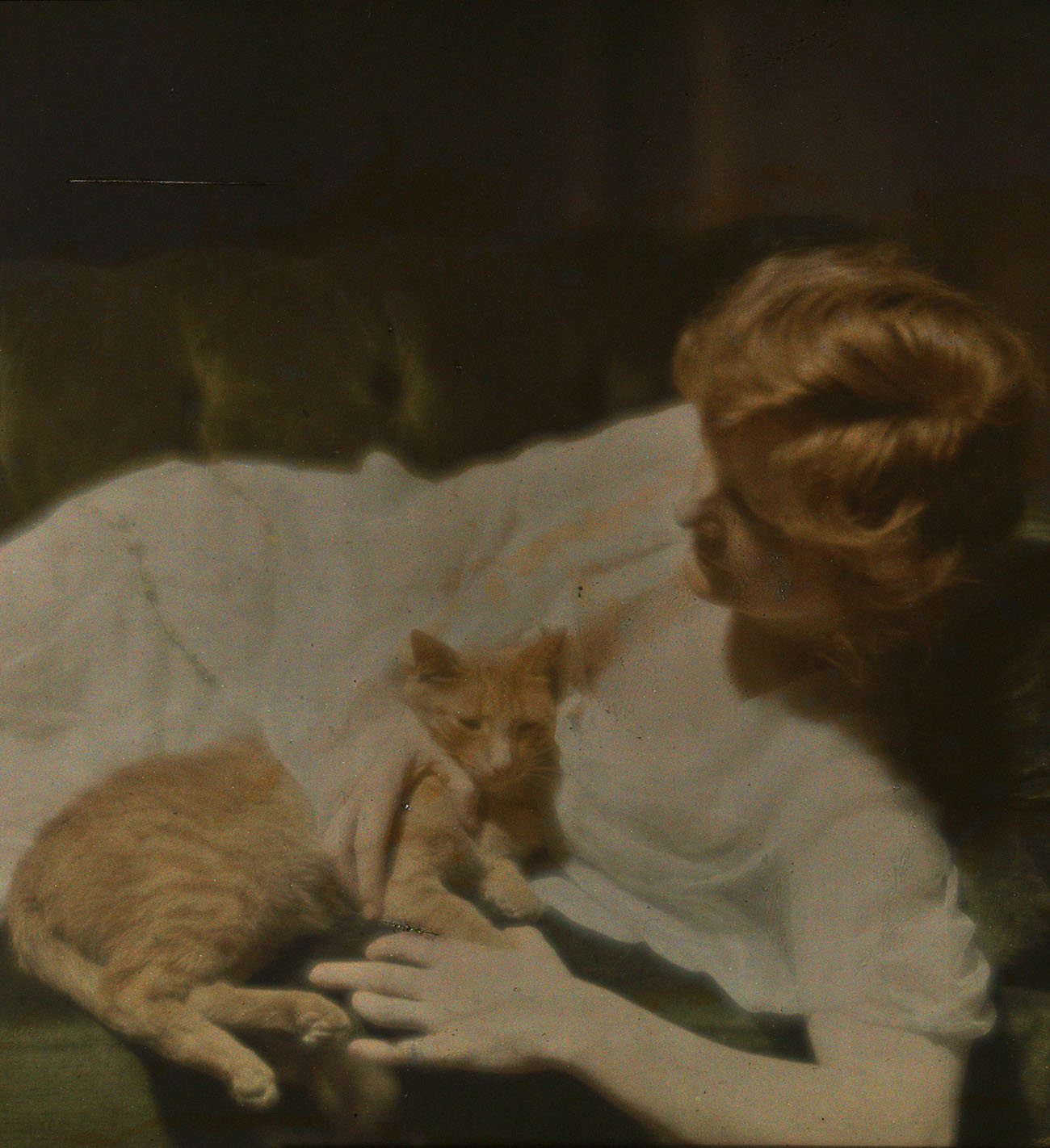
images that haunt us



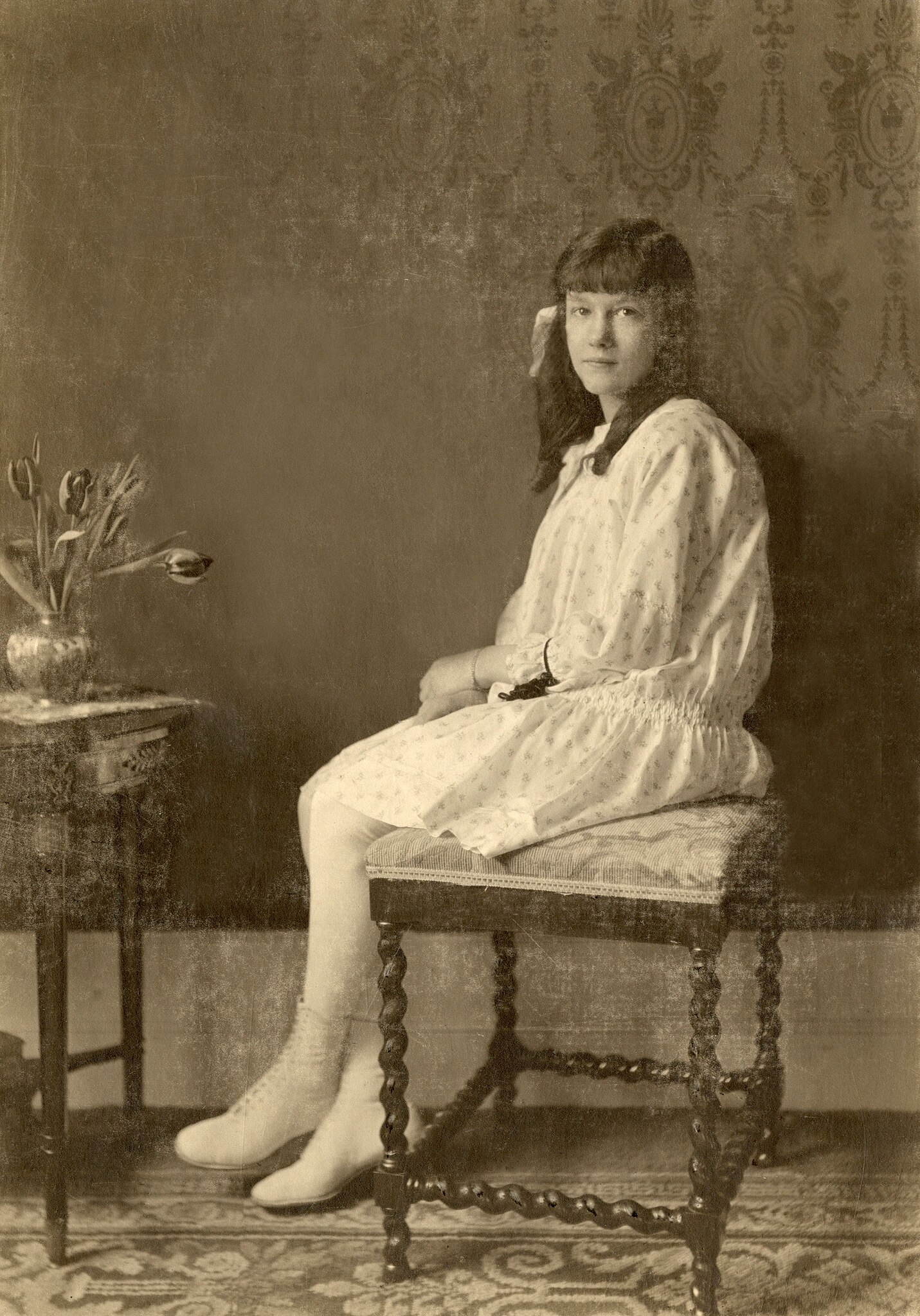
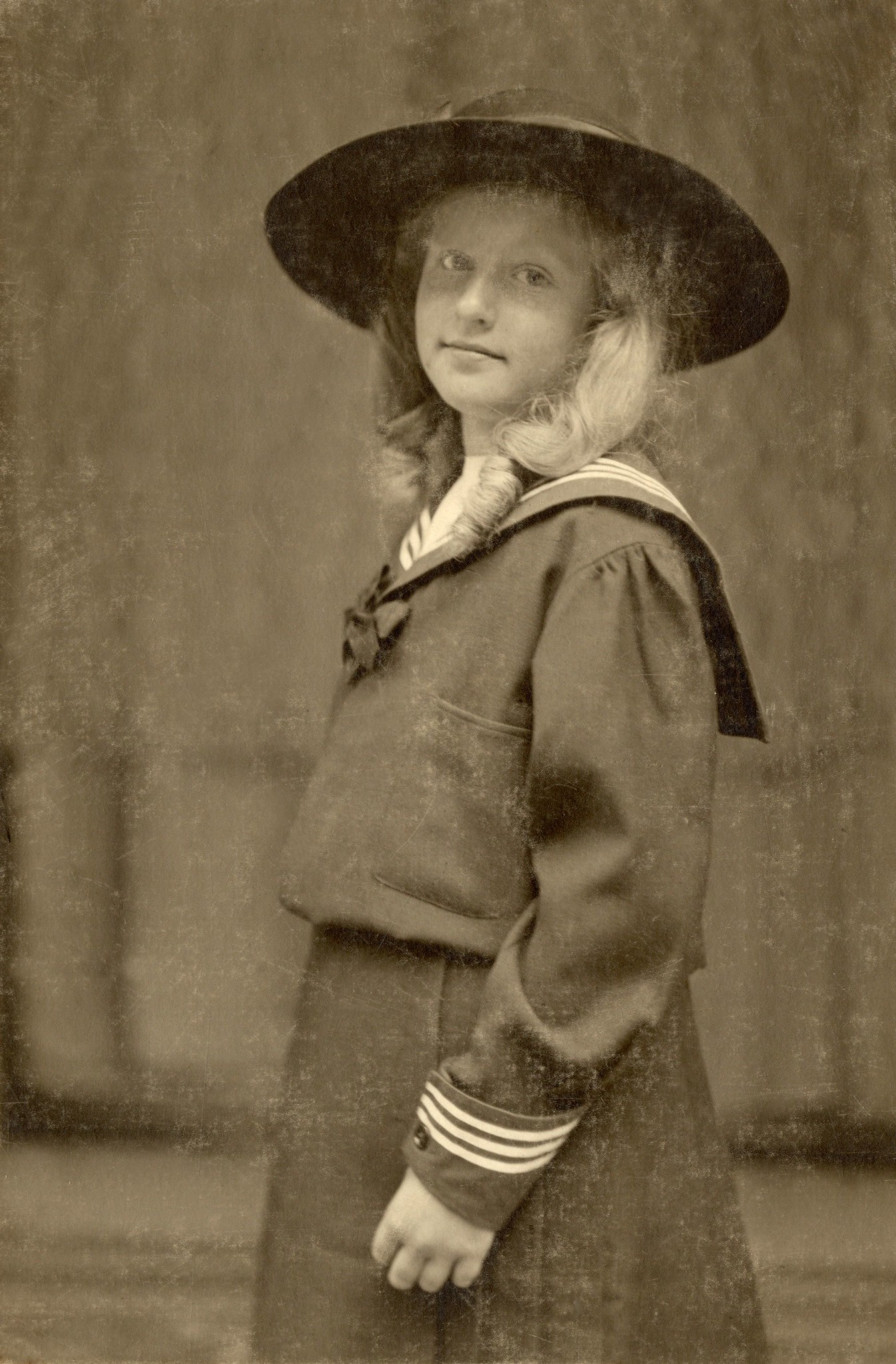
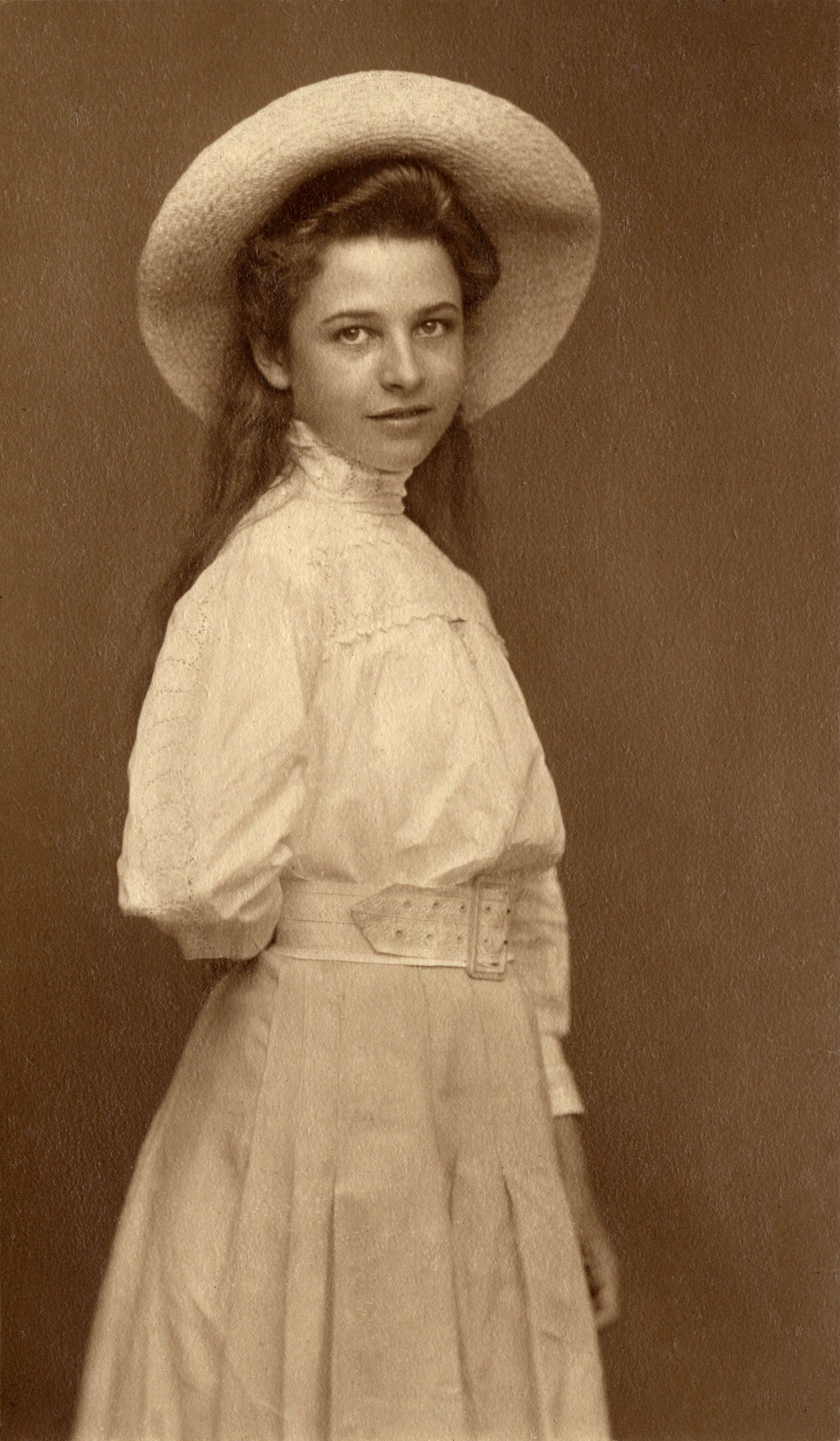

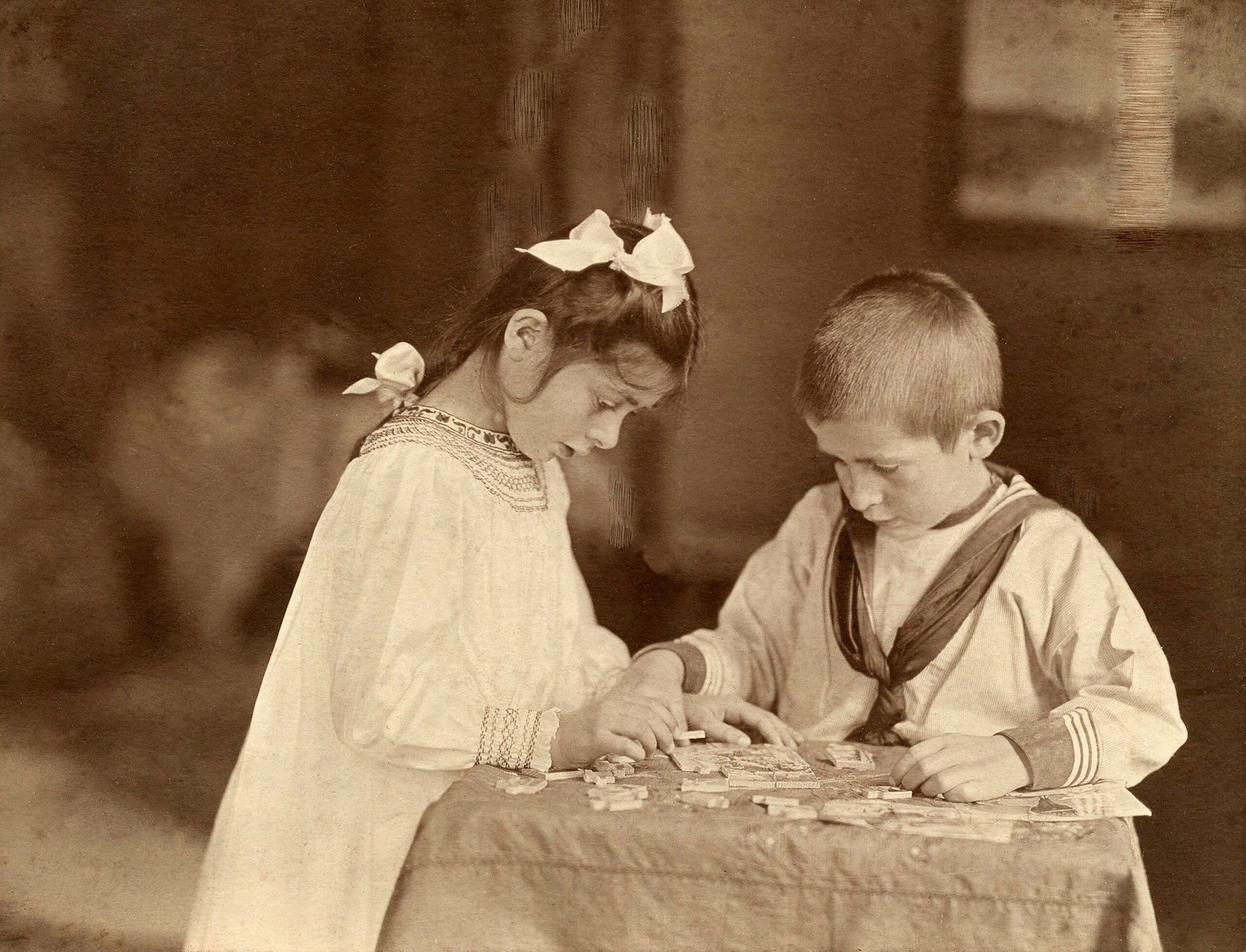





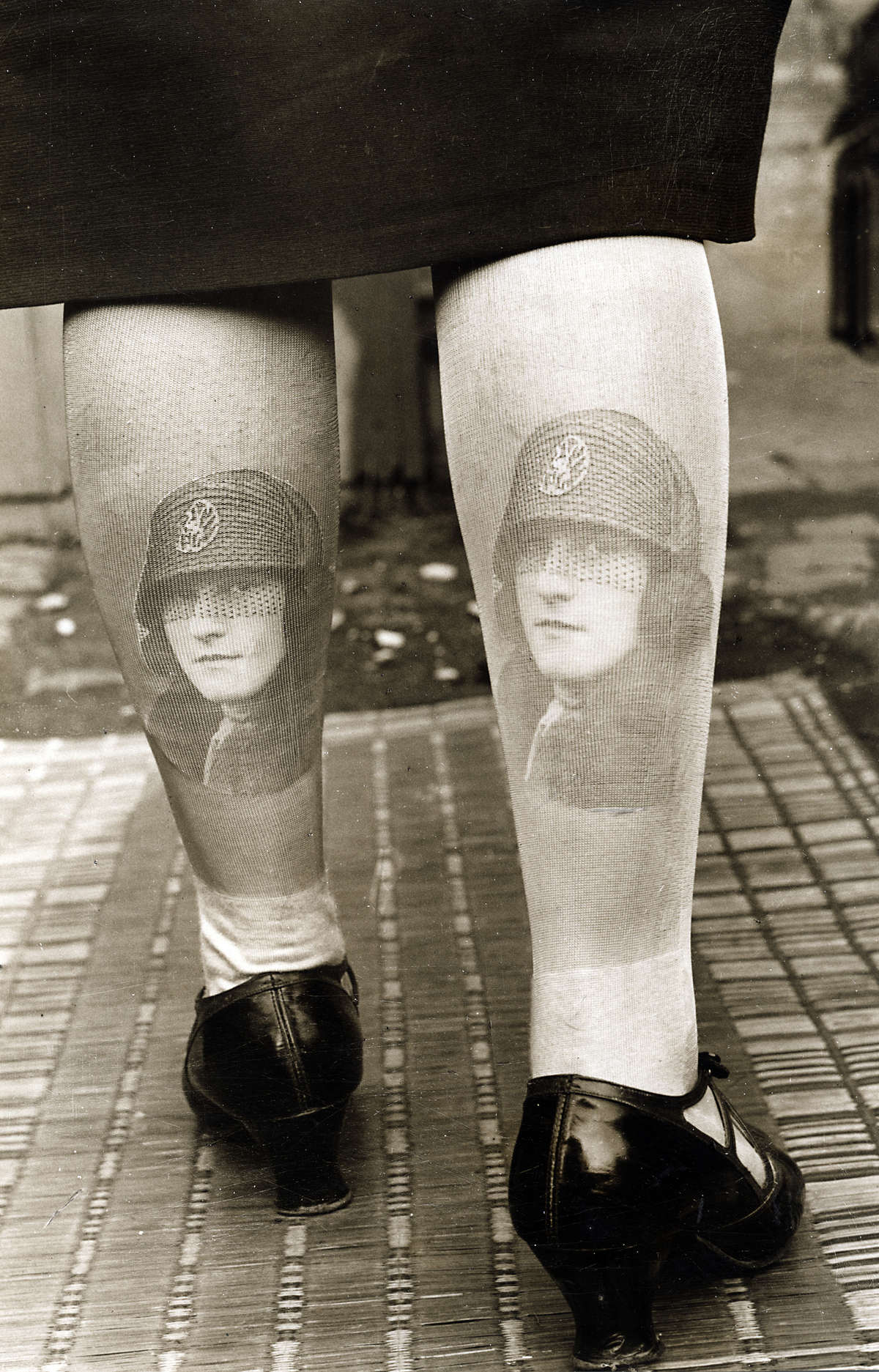


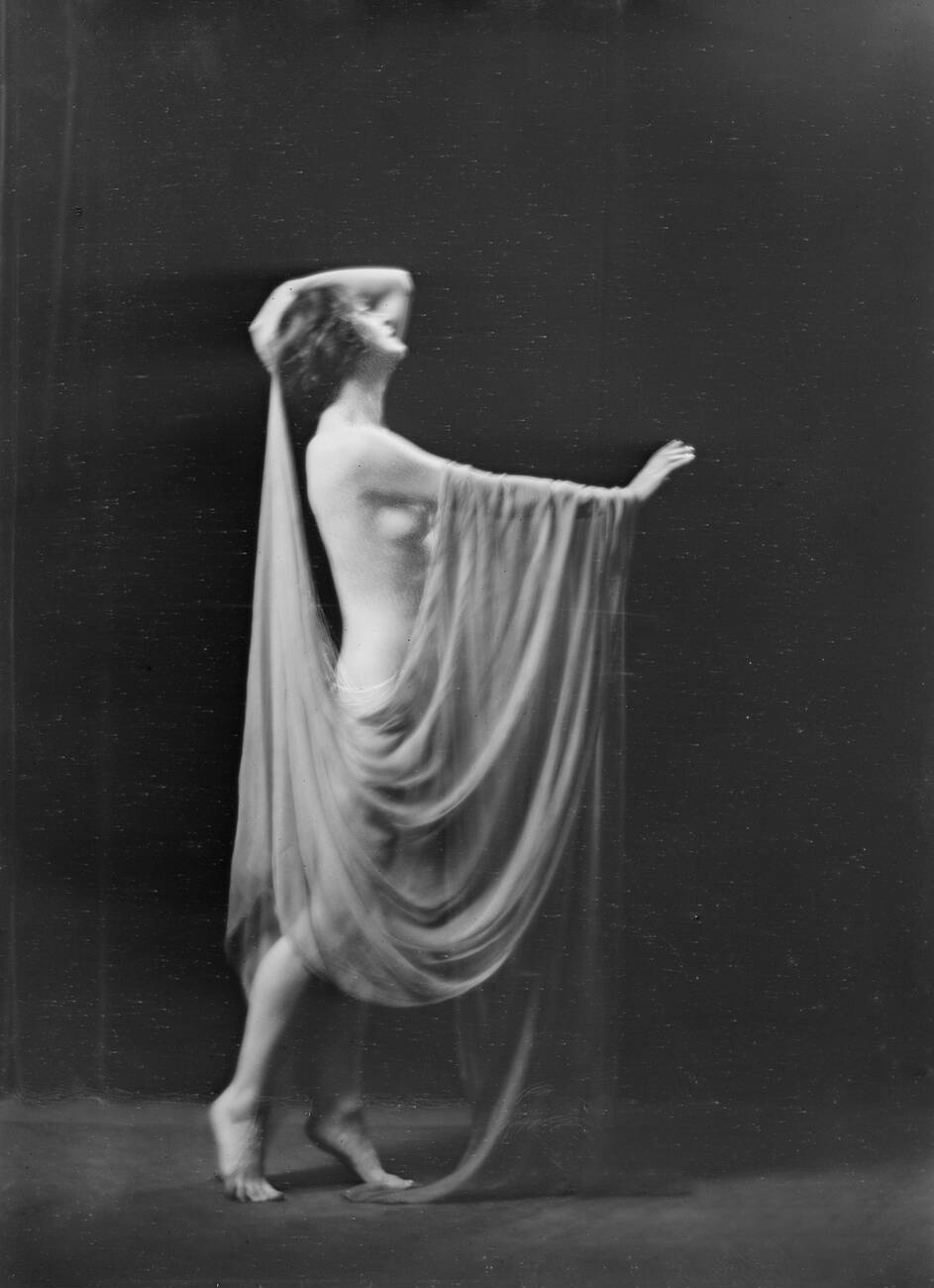

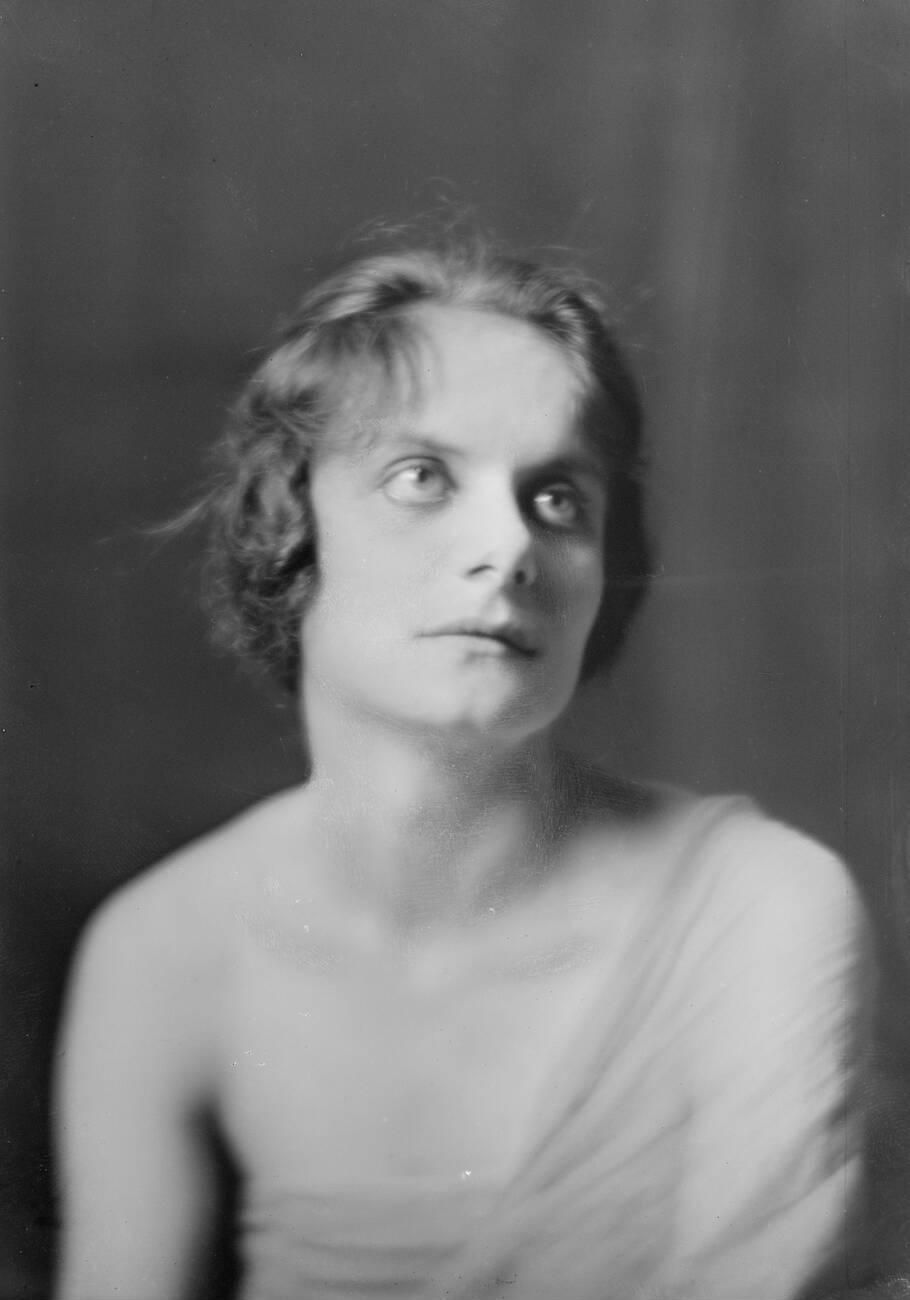
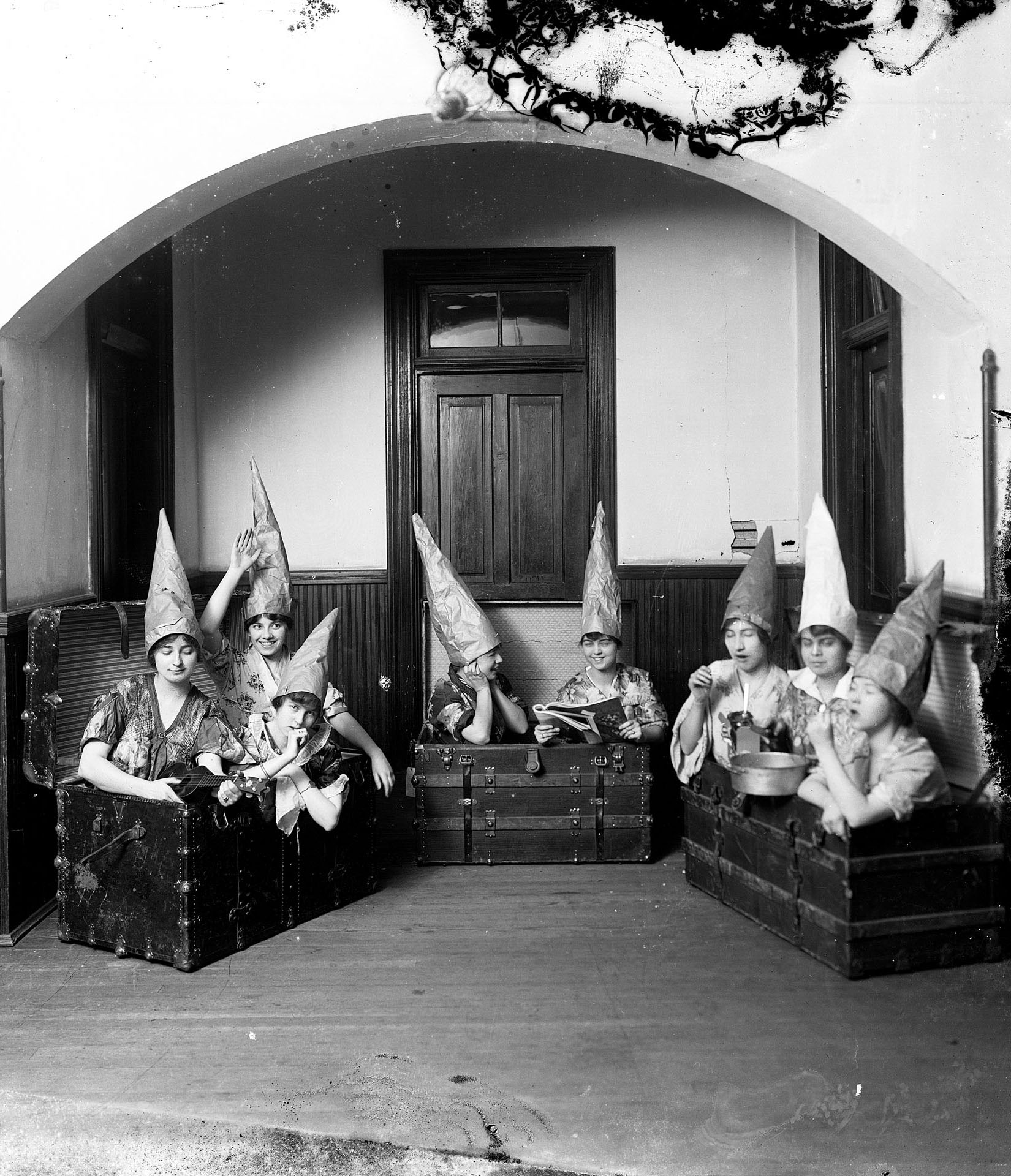

The photograph is titled “Senseless Souls: What fools these mortals be!” and it appears in the 1916 ‘Oak Leaves’ Meredith College yearbook. A poem accompanied the photo in the yearbook in which each stanza refers to the women pictured from left to right. | src State Archives of North Carolina on flickr

The J. C. Knowles Photograph Collection consists in a collection of glass plate negatives dating from ca. 1900 through the late 1910s, attributed to Wharton & Tyree Studio and Tyree Studio of Raleigh, NC. Based on the age of the negatives, where they were found initially, and a notation on one of the plates, it is likely they were all created by Wharton’s Gallery, 1886-1905, Wharton & Tyree Studio, 1905-1912, and Tyree Studio, 1912-1916 of Raleigh, North Carolina.
Cyrus P. Wharton (1852-1929) operated one of the best-equipped and largest photography studios in North Carolina beginning with Wharton’s Gallery on Fayetteville Street in downtown Raleigh in 1886. In 1905 he partnered with Manly W. Tyree (1877-1916) and operated as the Wharton & Tyree Studio. Wharton appears to have retired in 1911, and Tyree continued on alone as the Tyree Studio until his death.
Negatives from J. C. Knowles collection attribution is as listed below:
1- Wharton’s gallery (1886- 1905)
2- Wharton & Tyree Studio (1905-1911)
3- Tyree Studio (1912-1916)
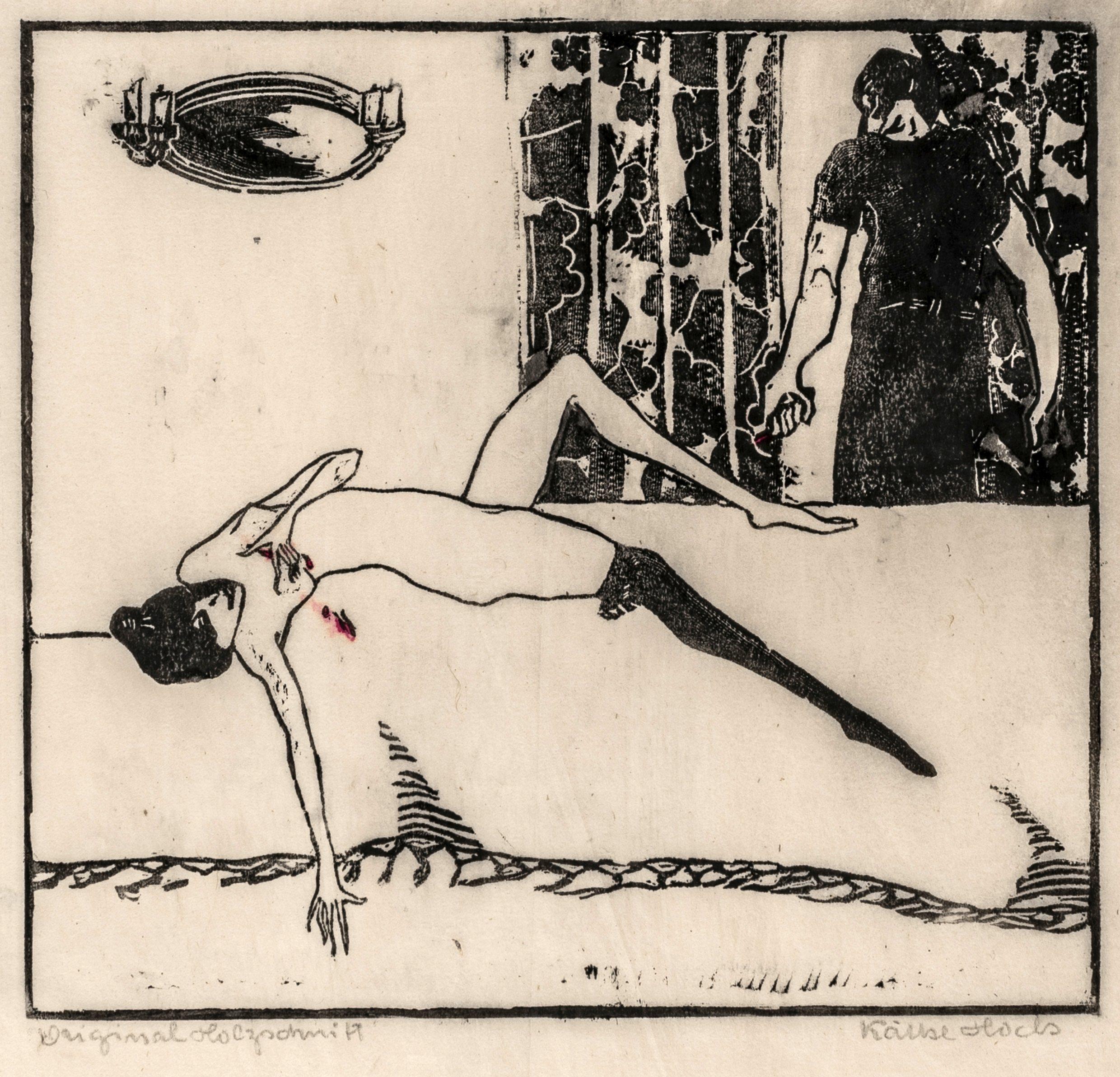

Die deutsche Malerin Käte Hoch (1873-1933) studierte von 1891-1894 an der Münchner Damenakademie. Ab 1906 betrieb sie eine eigene Mal- und Zeichenschule in München und nahm u.a. an Ausstellungen der Münchner Secession und des Kunstvereins München teil. 1933 stürmte ein SA-Trupp ihre Wohnung und ihr Atelier in Schwabing, wobei der Großteil ihrer Werke zerstört wurde.
The German painter Käte Hoch (1873-1933) studied at the Munich Women’s Academy from 1891-1894. From 1906 she ran her own painting and drawing school in Munich and took part in exhibitions at the Munich Secession and the Munich Art Association, among others. In 1933, an SA troop stormed her apartment and studio in Schwabing, destroying most of her work.
